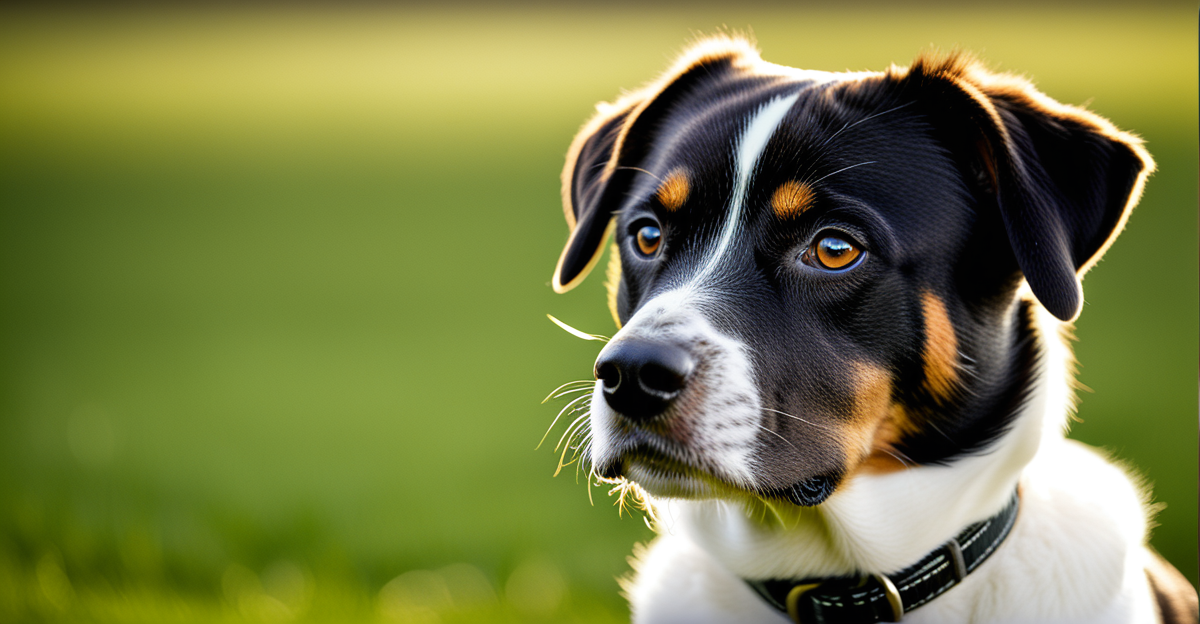Key considerations for choosing a pet breed in the UK
Selecting the right pet breed in the UK relies heavily on evaluating your lifestyle factors, living arrangements, and family situation. Not every breed thrives in all environments, so understanding how your daily routine and space influence a pet’s wellbeing is crucial. For example, active dog breeds require ample exercise, while some cats are more adaptable to indoor living.
Activity levels vary significantly across breeds. High-energy dogs like border collies demand regular, vigorous exercise, whereas more sedentary breeds, such as the English bulldog, require less. Factoring in these exercise needs helps ensure a pet’s happiness and reduces behavioral issues caused by boredom or frustration.
Additional reading : How Can UK Residents Enhance Their Pets’ Wellbeing?
Time commitment is another vital aspect. Some breeds need frequent grooming or specialized health care, impacting your schedule. Long-haired or double-coated pets often require daily brushing and more vet visits. Understanding the grooming and health requirements beforehand prevents future stress and unexpected costs.
Ultimately, choosing a pet involves balancing your capacity for care against the breed’s demands. Thoroughly assessing these elements supports a rewarding relationship with your new companion while respecting the practicalities of UK pet ownership.
Have you seen this : How can UK pet owners ensure their pets’ safety during fireworks season?
Overview of popular pet breeds in the UK
Popular pet breeds in the UK reflect diverse preferences among pet owners, with particular focus on family-friendly pets and breeds suited to various living situations. Among the most common UK dog breeds, the Labrador Retriever consistently ranks highly due to its gentle temperament and adaptability for families. The Staffordshire Bull Terrier also features prominently, prized for loyalty and energy, though it requires firm training and socialisation.
Cats are equally popular, with breeds like the British Shorthair admired for their calm disposition and suitability for indoor living. These UK cats and dogs demonstrate how breed characteristics such as energy levels, sociability, and grooming needs influence their popularity. For instance, the Jack Russell Terrier appeals to active owners seeking a lively companion, while the Maine Coon offers a friendly, sociable cat with moderate activity levels.
Trends in UK pet adoption increasingly spotlight breeds that balance compatibility with urban lifestyles, reflecting many households’ need for pets that thrive in limited space and varying activity demands. Understanding these trends helps prospective owners align their choice with both lifestyle factors and the common behavioural traits seen in popular pet breeds UK-wide. By considering this, choosing a pet becomes a more informed and fulfilling process, supporting better pet wellbeing and happier homes.
Key considerations for choosing a pet breed in the UK
Selecting the right pet breed in the UK starts with thoroughly evaluating your lifestyle factors, living space, and family dynamics. For instance, if you live in a small flat, choosing a high-activity breed might lead to stress for both pet and owner. Dogs like border collies thrive on long exercise sessions, whereas smaller, calmer breeds adapt better to limited space. Hence, understanding the activity levels and exercise needs of different breeds is vital to avoid behavioural problems stemming from unfulfilled energy.
Time commitment significantly influences your choice. Some breeds demand intensive grooming or have specific health care needs requiring regular vet visits. Long-haired or double-coated breeds often need daily brushing to maintain coat health. Factoring in these grooming and health requirements early helps manage your schedule and budget, reducing future surprises.
UK pet ownership also involves respecting breed-specific behaviours linked to their original purpose, such as herding or guarding. Being aware of these traits enables better care and training strategies. Successful choosing a pet hinges on balancing your capacity to meet breed demands against your lifestyle, ensuring a fulfilling, lifelong companionship.
Key considerations for choosing a pet breed in the UK
Selecting the right pet breed in the UK hinges on evaluating your lifestyle factors, living space, and family dynamics in detail. For example, an active household with ample outdoor space suits energetic breeds needing regular exercise. In contrast, smaller homes favour breeds with lower activity needs. Understanding these differing activity levels helps prevent behavioural issues caused by unmet energy requirements.
Another crucial step involves factoring in the time commitment needed for grooming and health care. Some breeds require daily brushing or frequent vet visits due to predisposition to health problems. Recognising these demands upfront streamlines your pet ownership experience, helping to allocate time efficiently while maintaining pet wellbeing.
Questions often arise: How can I match a breed to my lifestyle? Start by assessing your daily routine, physical activity, and ability to care for grooming needs. This match ensures the chosen pet thrives within your environment. Additionally, consider family members’ needs, especially children or elderly relatives, to select a breed with compatible temperament.
Balancing these considerations guarantees a rewarding journey in choosing a pet and fulfilling responsibilities inherent in UK pet ownership. Being deliberate about lifestyle compatibility promotes happier pets and owners alike.
Key considerations for choosing a pet breed in the UK
Choosing a pet breed in the UK begins with carefully evaluating your lifestyle factors, including work hours, activity levels, and household members. For instance, high-energy dogs require robust daily exercise, which may not suit a busy professional or a small living space. Understanding these activity levels ensures the chosen breed’s exercise needs align with your routine, preventing stress or behavioural issues.
Living arrangements significantly influence pet selection. Urban flats typically favour breeds with lower physical demands and reduced barking tendencies, while rural or suburban homes accommodate active dogs needing outdoor space. If you have children or elderly family members, selecting a breed with a gentle temperament enhances safety and bonding experiences.
Time commitment involves more than walks; consider grooming and health care. Some breeds demand daily brushing to prevent matting or have hereditary health concerns requiring regular vet visits. Accounting for these time commitments upfront ensures you can meet these needs consistently, which is crucial for pet wellbeing and avoiding future expenses.
In UK pet ownership, the balance between your capacity and breed demands supports a fulfilling relationship. Taking time to understand both your and the breed’s requirements before choosing a pet lays the foundation for a happy, healthy companionship.









